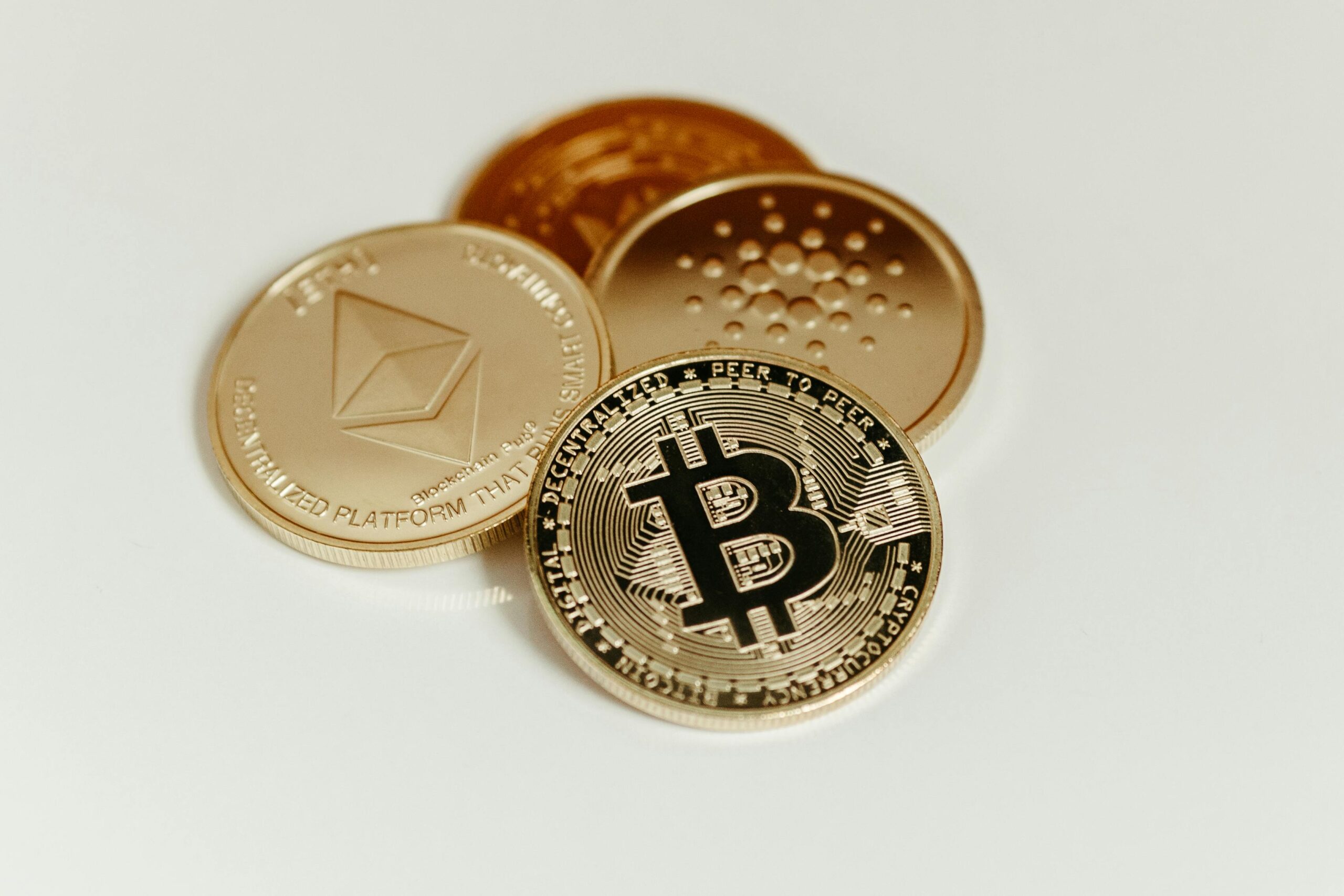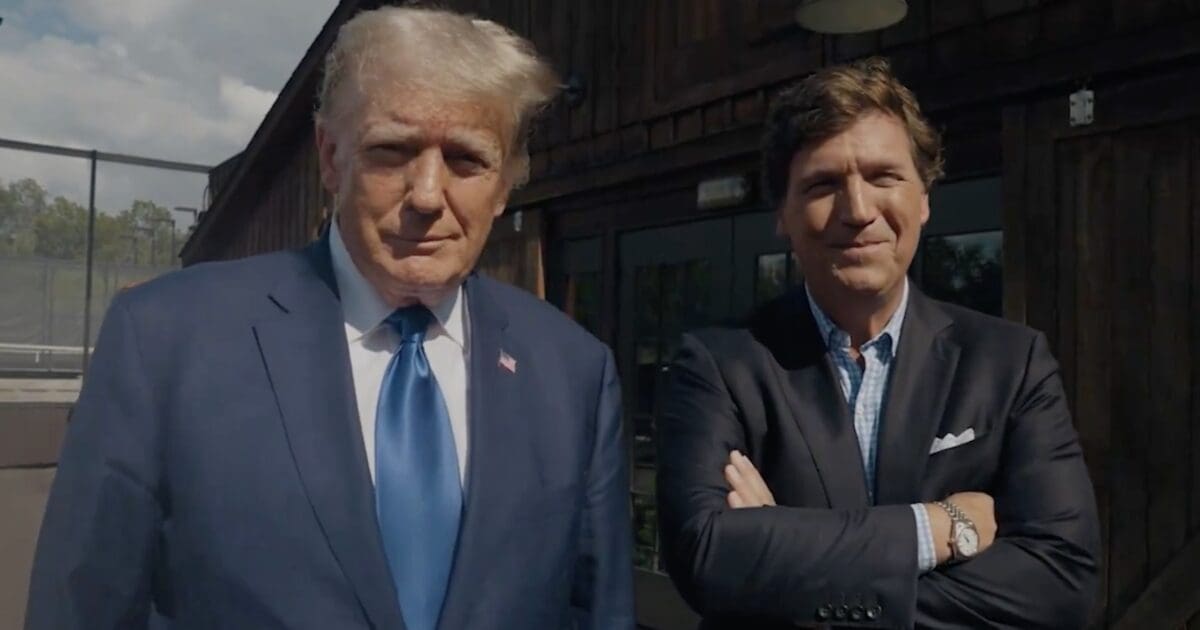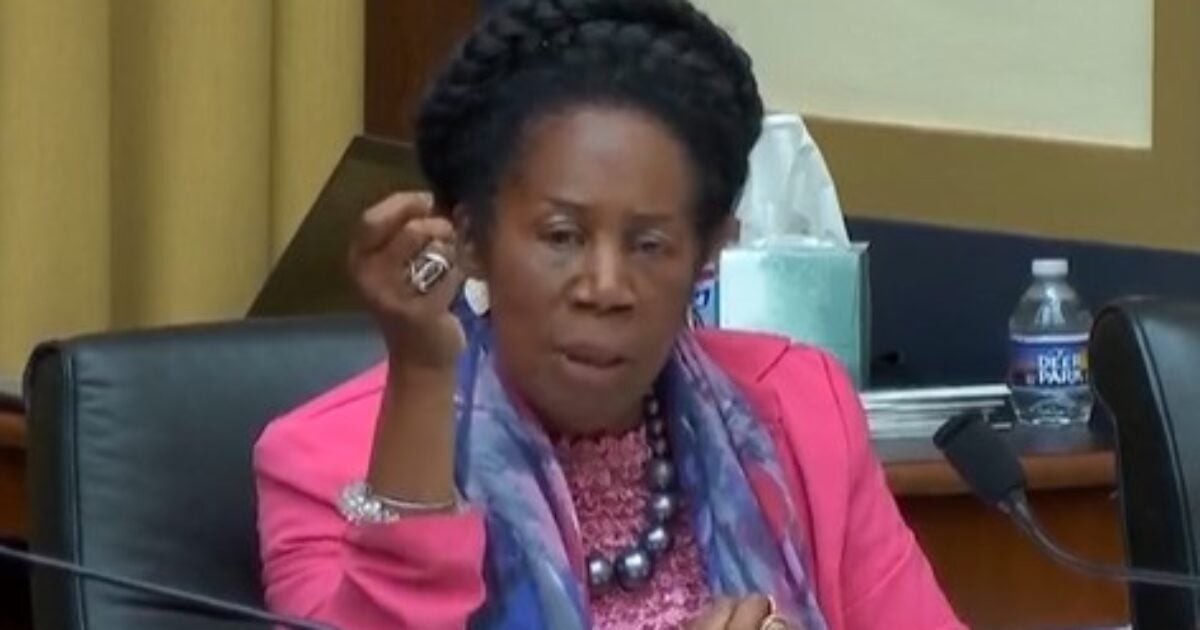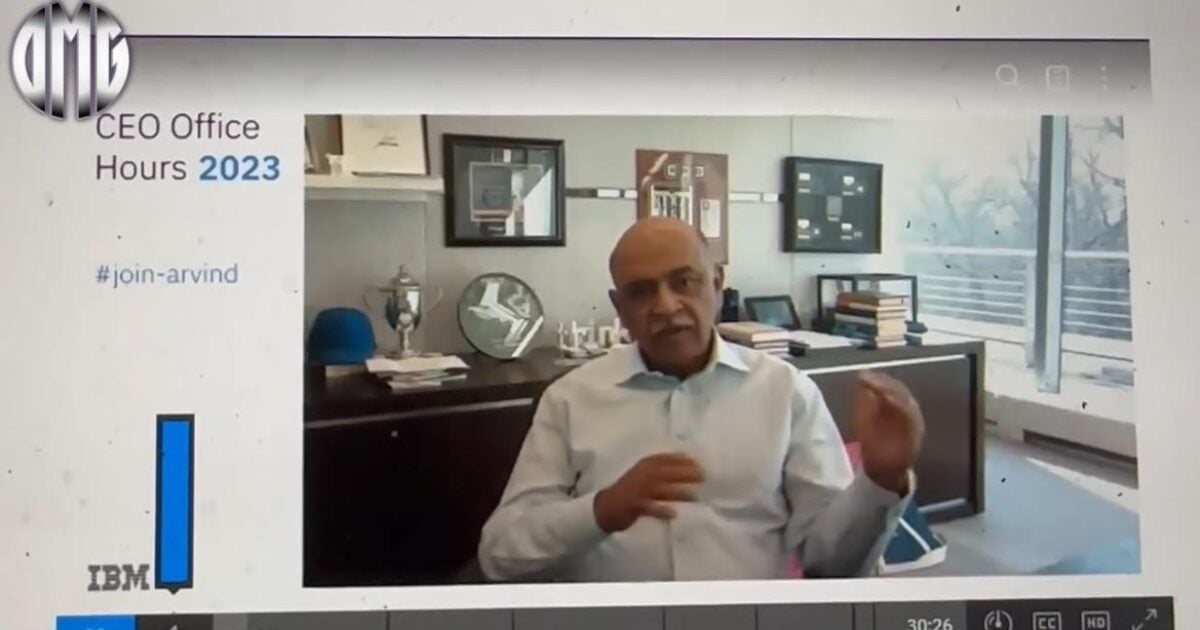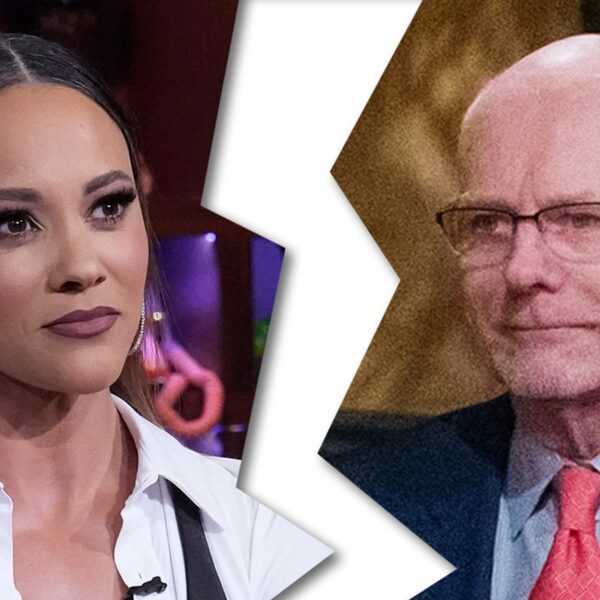
The United States government is doubling down on its efforts to keep the true story of January 6, 2021, shrouded in secrecy, as evidenced by a recent court filing opposing January 6 defendant Ryan Zink’s motion to lift a protective order on discovery materials. Filed on April 16, 2025, in the U.S. District Court for the District of Columbia, the government’s 13-page brief claims that releasing these materials would endanger “witnesses and victims” and threaten national security.
But a closer look reveals a troubling narrative: the so-called “victims” are likely the Metropolitan and Capitol Police officers who escalated a peaceful protest into chaos, and the “witnesses” include shadowy groups like the “Sedition Hunters,” whose advanced AI tools raise more questions than answers. Ryan Zink, a pardoned J6 defendant now running for Congress, is determined to expose the truth about that day and the relentless lawfare that followed, but the government is pulling out all the stops to silence him.
Thank you @gatewaypundit I will never stop fighting for the American people not just J6 defendants!!
Alea iacta est.https://t.co/Wz05X1FUug
— Ryan Zink for Congress TX-19 (@RyanZ4Congress) April 10, 2025
The Government’s Claims About “Victims” and “Witnesses”
The government’s filing insists that the protective order, which Zink seeks to lift, is necessary to protect the privacy of “victims” and “witnesses” and to safeguard national security. But who are these victims? The only plausible candidates are the Metropolitan and Capitol Police officers who in many instances instigated violence on January 6 by launching tear gas grenades and firing rubber bullets into a peaceful crowd. Before a single protester entered the Capitol, the situation had already turned deadly: Kevin Greeson and Benjamin Phillips lost their lives, Matthew Joshua Black was shot in the face with a rubber bullet, and Derrick Vargo narrowly escaped death at the hands of a Capitol Police officer who pushed him from a 30-foot ledge. These are the real victims of January 6, yet the government’s narrative conveniently ignores them, focusing instead on protecting the officers who set the stage for tragedy.
The “witnesses” the government seeks to shield include the enigmatic “Sedition Hunters,” a group that operated with sophisticated artificial intelligence tools long before such technology was widely available commercially. These tools allowed them to identify January 6 defendants, like Antoine Williams, based on minute details such as a distinct key fob. Little is known about the Sedition Hunters, their funding, or their connections to federal agencies, but their ability to wield cutting-edge AI raises suspicions about their role in the government’s January 6 investigations. Are these the “witnesses” the government is so desperate to protect? If so, the public deserves to know why.
Ryan Zink’s Ordeal and Quest for Truth
Ryan Zink’s story is a microcosm of the injustice faced by January 6 defendants. On September 13, 2023, a D.C. jury convicted Zink of the unbeatable 18 U.S.C. § 1512(c)(2) charge—obstruction of an official proceeding—along with two misdemeanors. He was sentenced to three months in federal prison and 12 months of oppressive supervised release, with conditions so restrictive they stripped him of basic freedoms. After serving his time, the Supreme Court remanded the 1512(c)(2) charge, leaving Zink with only misdemeanors—but the damage was done. His life was upended, his reputation tarnished, and the government’s relentless prosecution left scars that no pardon can erase.
Zink was among those pardoned by President Trump. Now free, he is running for Congress and has vowed to uncover the truth about January 6 and the four years of government lawfare that followed. His motion to lift the protective order is a critical step in that mission, seeking to make public the terabytes of discovery materials that could reveal the extent of government overreach, including the role of undercover government agents known to have been in the crowd that day. But the government is fighting tooth and nail to keep these materials under wraps, claiming they contain sensitive information vital to national security—without providing any compelling specifics.
The Hypocrisy of “Protecting Personal Information”
The government’s concern for the personal information of “witnesses and victims” rings hollow when contrasted with its treatment of January 6 defendants. The Justice Department issued press releases for every J6 case, even for senior citizens charged with minor misdemeanors, broadcasting their names and charges to the world with no regard for their presumption of innocence. Local media outlets eagerly picked up these stories, destroying lives, costing defendants their jobs, and alienating them from friends and family. Yet now, the government claims that releasing discovery materials would violate the privacy of others. Where was this concern for privacy when J6 defendants were being publicly vilified?
The “Agreement” to the Protective Order: A Forced Choice
The government’s filing notes that Zink “agreed” to the protective order, implying he willingly consented to keeping these materials secret. This is a gross misrepresentation. In the U.S. justice system, such “agreements” are often coercive. Defendants like Zink faced a take-it-or-leave-it ultimatum: accept the protective order or be denied access to the government’s evidence against them. If Zink had refused, the court would have imposed the order anyway, leaving him unable to prepare a defense. This is not agreement; it’s coercion dressed up as consent, a common tactic in the government’s playbook to control the narrative.
National Security or Cover-Up?
The government’s invocation of “national security” to justify the protective order is equally suspect. The filing vaguely references the need to protect Capitol surveillance footage and Secret Service protocols but offers no concrete examples of how releasing these materials would endanger the nation. Could this be an attempt to conceal the presence of FBI agents in the January 6 crowd, a fact that has long been whispered about but never fully addressed? The government’s refusal to provide specifics only fuels speculation that “national security” is a pretext for covering up its own misconduct.
A Curious Signature and a Glimmer of Hope?
The brief is signed by Jennifer Blackwell, a J6 prosecutor involved in nearly 40 January 6 cases. Notably, the name of Edward Robert Martin, Jr., the U.S. Attorney for the District of Columbia appointed by President Trump, appears unsigned on the document. The filing concludes:
The events of January 6, and the ensuing investigations and prosecutions, are important to our history as a nation—events that must be considered through appropriate public access to government records and through public discourse. But criminal discovery is not the appropriate mechanism to vindicate that interest. Lifting the discovery protective order would result in significant harm to the security of our nation and to countless others.
The Road Ahead
Zink’s motion is before Judge James E. Boasberg, whose track record suggests he will almost certainly side with the government. But Zink, alongside J6 investigators like those at The Gateway Pundit and his attorney Roger Roots, remains undeterred. Their fight is not just for Zink but for the American public, which deserves to know what really happened on January 6 and in the years of lawfare that followed. Ryan Zink’s battle is far from over. As he campaigns for Congress and fights for transparency, he carries the torch for countless J6 defendants whose lives were shattered by a weaponized justice system.



